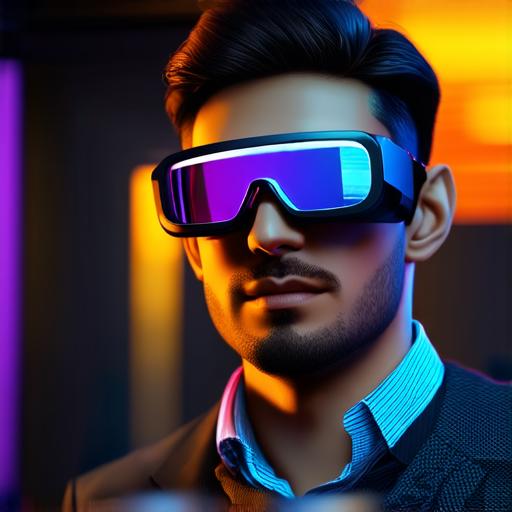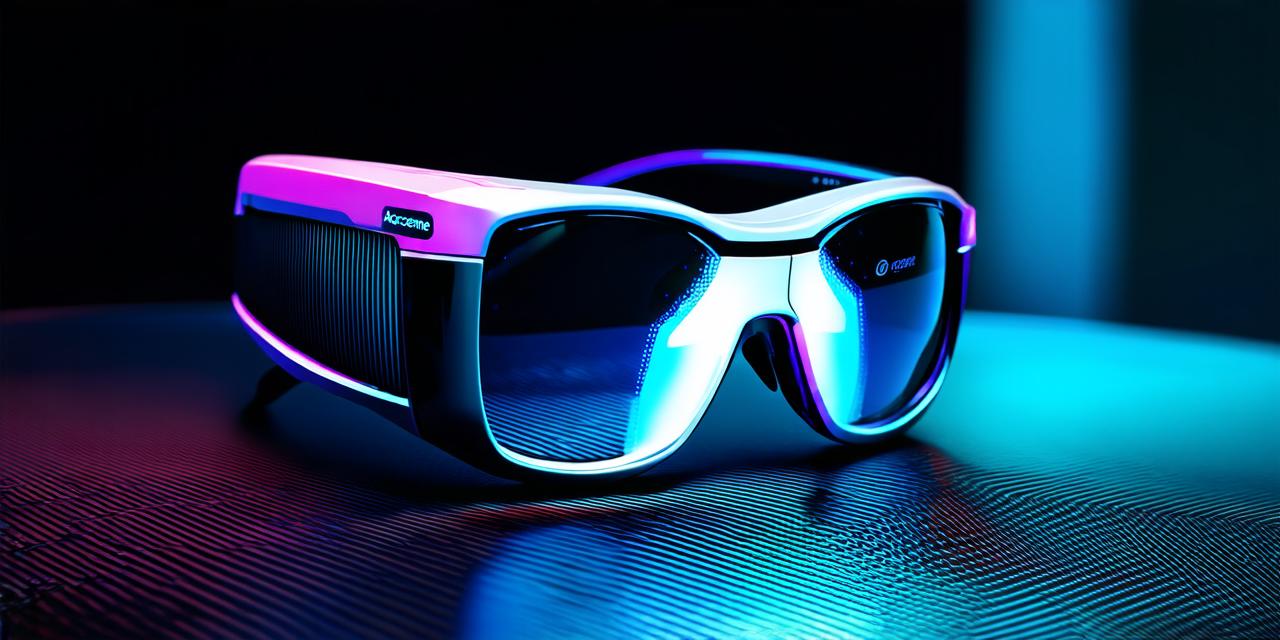Augmented reality (AR) is a technology that overlays digital information onto the real world. It has revolutionized the way we interact with the physical world, and it has opened up endless possibilities for businesses and consumers alike.
What is Mixed Reality?
Mixed reality (MR) is a technology that blends the physical world with digital elements to create an immersive experience that is more interactive and engaging than traditional AR. MR combines computer-generated graphics, video, and audio with real-world objects and environments to create a seamless, immersive experience that can be viewed in 3D through specialized glasses or headsets.
Mixed reality differs from augmented reality in several key ways. Firstly, AR is overlaid onto the real world, while MR blends the digital world with the physical world. This means that MR experiences are more immersive and interactive than AR experiences, which can feel disconnected or detached from the physical world.

Secondly, MR requires specialized equipment to view, such as glasses or headsets, while AR can be viewed on a smartphone or tablet using the camera. This makes MR experiences more expensive and exclusive than AR experiences, but it also allows for more advanced and interactive features.
The Benefits of Mixed Reality
Mixed reality offers several key benefits over traditional augmented reality. These include:
- Increased Engagement: MR experiences are more immersive and interactive than AR experiences, which can lead to increased engagement and a more memorable experience for the user.
- Enhanced Collaboration: MR allows for real-time collaboration between team members working in different locations, which can be especially useful for remote work or design projects.
- Improved Training: MR can provide a safe and controlled environment for training scenarios that would be dangerous or impossible to replicate in the real world. This can be particularly useful for industries such as aviation, medicine, and manufacturing.
- New Applications: MR has the potential to revolutionize several industries, including gaming, entertainment, education, and more. It can also lead to new ways of experiencing and interacting with the physical world.
Real-Life Examples of Mixed Reality in Action
There are many examples of mixed reality being used in various industries. Here are a few:
Gaming
Games such as “Beat Saber” and “Job Simulator” use MR to create immersive gaming experiences that feel more real than traditional games. These games can be played with specialized headsets, which track the user’s movements and allow them to interact with the digital world in a seamless way.
Education
MR has the potential to revolutionize education by providing students with immersive learning experiences that bring subjects to life in a more engaging way. For example, a history class could use MR to take a virtual tour of ancient Rome or a science class could use MR to explore the human body in 3D.
Design and Architecture
MR can be used to create realistic simulations of buildings and environments, which can help architects and designers make more informed decisions during the design process. This can lead to more efficient and cost-effective designs that better meet the needs of the client.
Healthcare
MR has the potential to revolutionize healthcare by providing doctors and patients with immersive experiences that can help diagnose and treat conditions in a more effective way.
